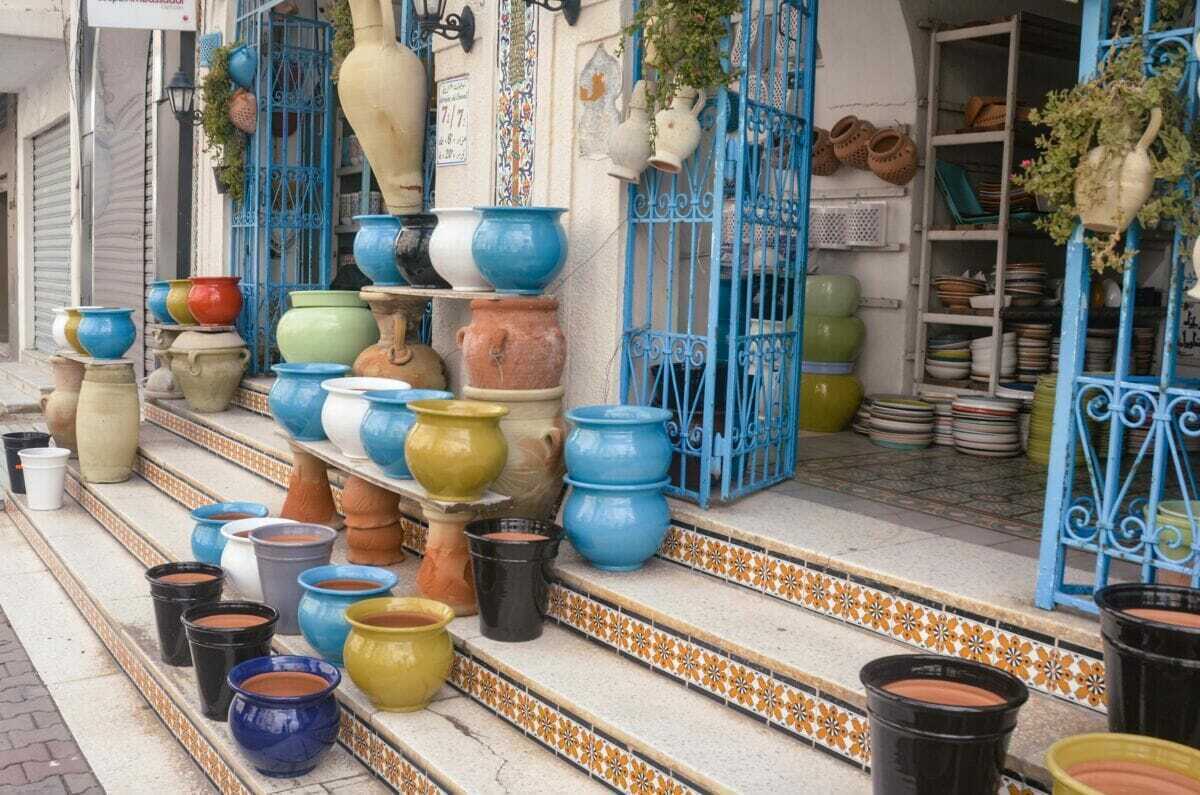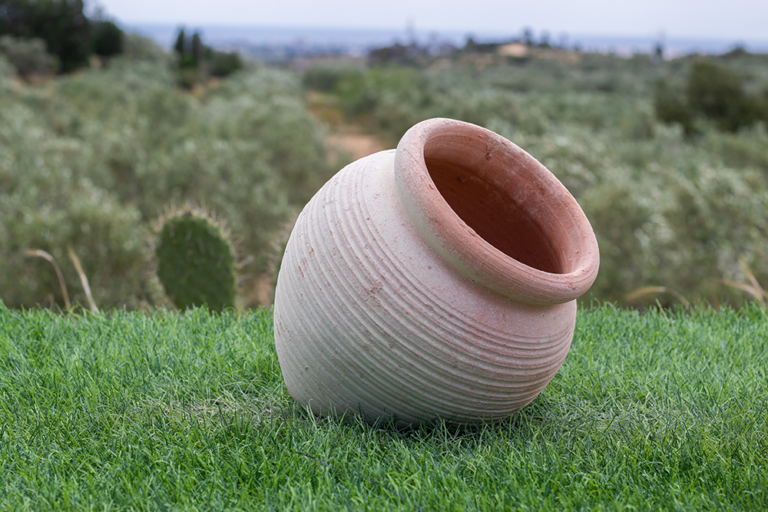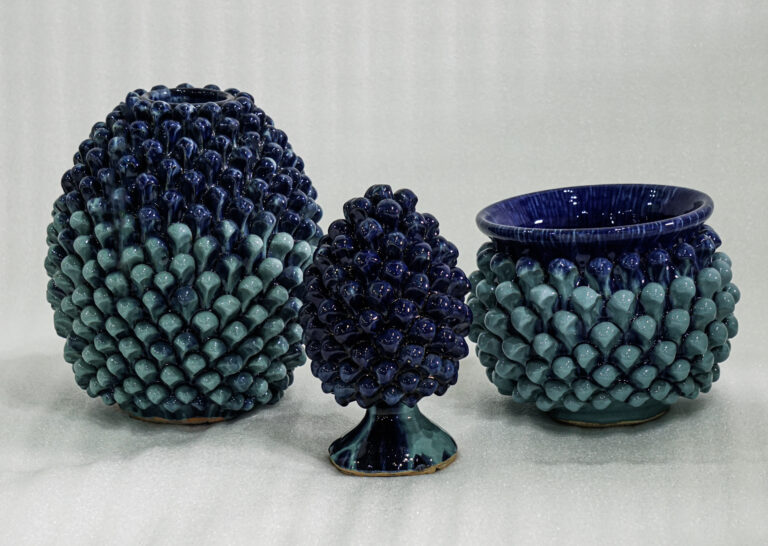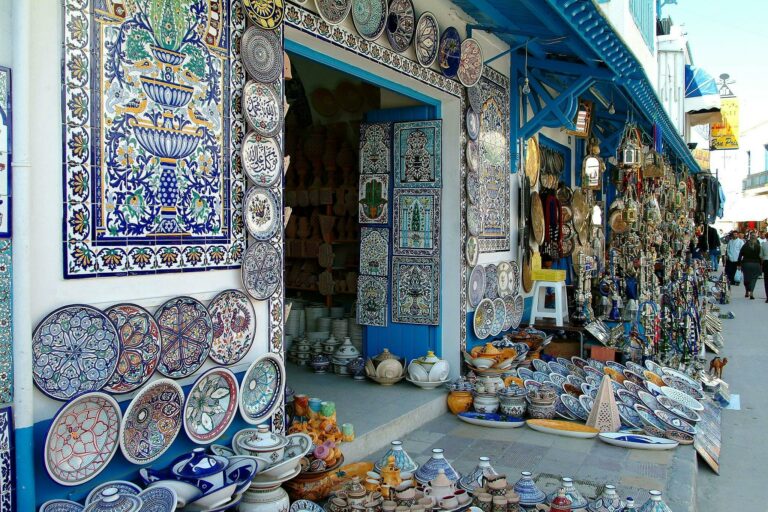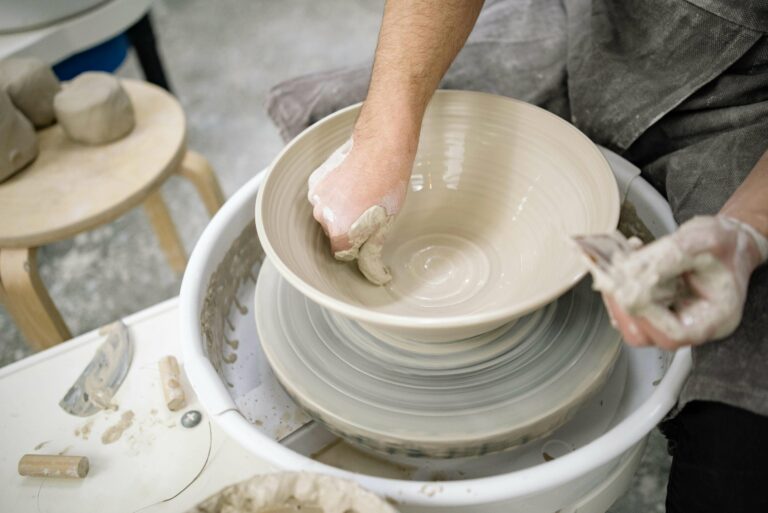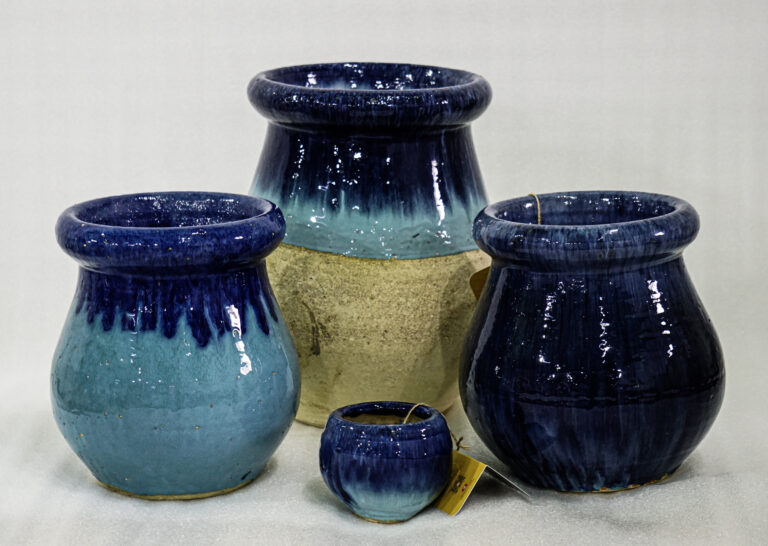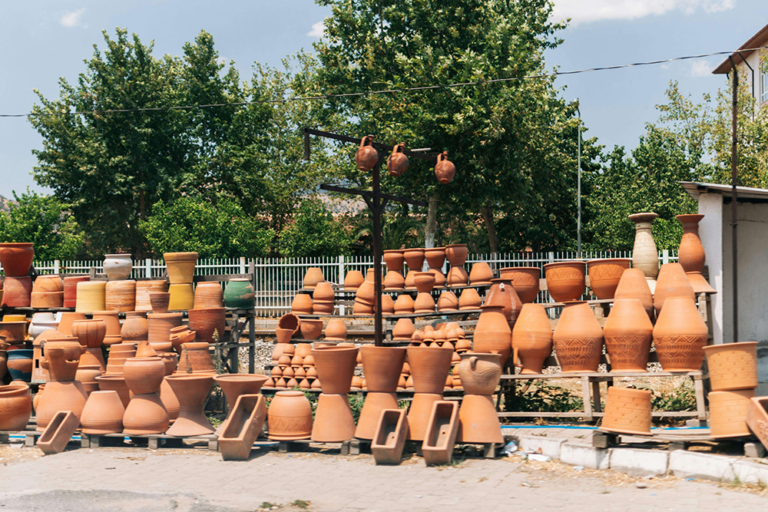Tunisian pottery, particularly from regions like Moknine and Nabeul, is renowned for its rich history and exquisite craftsmanship. These areas have been centers of pottery production for centuries, blending traditional techniques with modern designs to create a wide array of decorative and functional pieces.
- Moknine Pottery
Moknine, a town in the Monastir Governorate, is famous for its distinctive pottery. Artisans here employ age-old methods passed down through generations, working primarily with locally sourced clay. Moknine pottery is often characterized by its intricate patterns and vibrant colors. Common items include amphorae, planters, and various decorative pieces that reflect the town’s cultural heritage.
- Nabeul Pottery
Nabeul, located in the northeastern part of Tunisia, is another significant pottery hub. The town’s potters are known for their detailed craftsmanship and innovative designs. Nabeul pottery often features geometric patterns, floral motifs, and bright, contrasting colors. This region’s products are highly sought after for both their beauty and functionality, making them popular in international markets.
- Garden Pottery and Amphorae
Garden pottery from Tunisia, especially from Moknine and Nabeul, includes an array of planters, pots, and amphorae. These pieces are not only functional but also serve as decorative elements in gardens and outdoor spaces. The amphorae, reminiscent of ancient storage vessels, are particularly popular for their historical aesthetic and practicality.
- Exporting Decorative Pottery
The export market for Tunisian pottery is robust, with pieces from Moknine and Nabeul being highly valued. These items are exported worldwide, adorning homes and gardens across various cultures. The global appreciation for Tunisian pottery lies in its unique combination of traditional techniques and modern styles, making each piece a work of art.
- Styles and Techniques
Tunisian pottery styles vary from rustic, earthy tones to brightly glazed surfaces. Techniques often include hand-painting, glazing, and the use of traditional kilns. The diversity in styles allows for a broad market appeal, catering to different tastes and preferences.
Conclusion
Tunisian pottery from Moknine and Nabeul stands as a testament to the country’s rich cultural heritage and artisanal skill. Whether used for practical purposes or as decorative pieces, these pottery items reflect the beauty and history of Tunisia, continuing to captivate people around the world.

